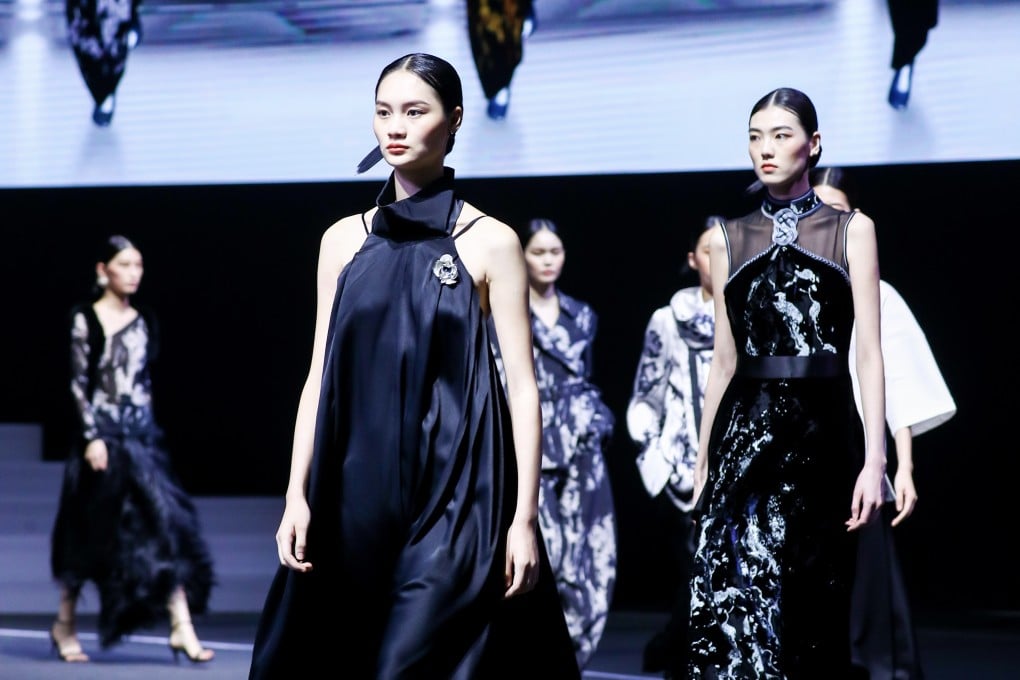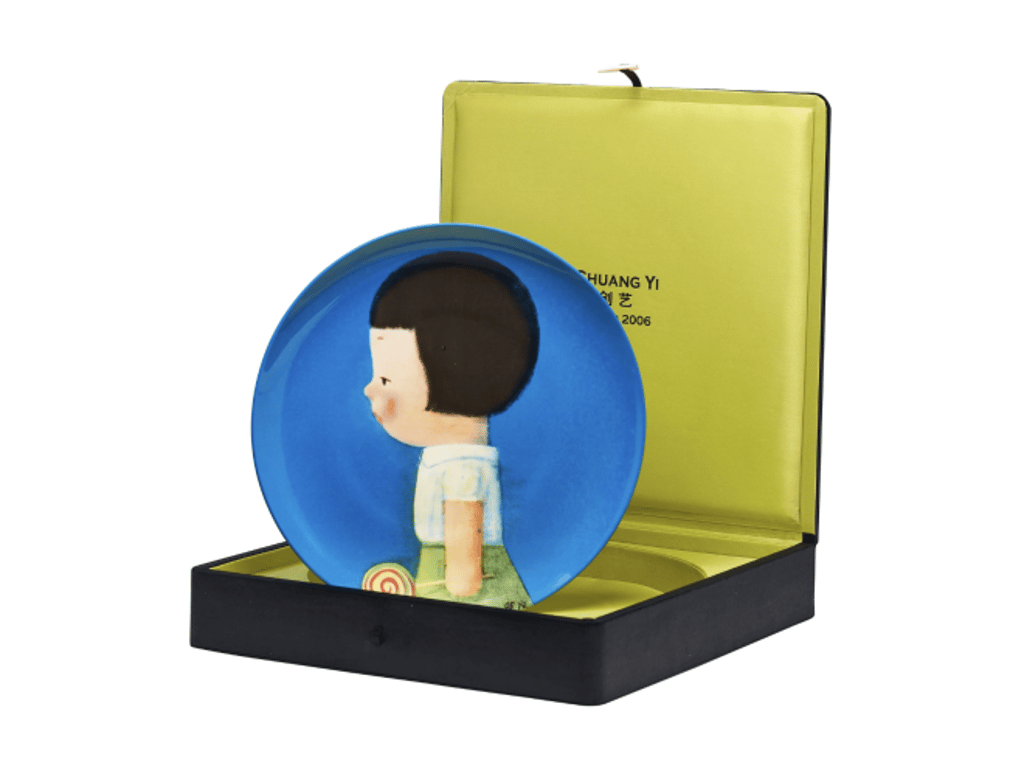Shanghai Tang makes life a party … again
- The world’s most iconic Chinese luxury brand is making waves as consumers indulge anew.

On the runways of Milan fashion week last month, perhaps unexpectedly, the hottest ticket in town was at Palazzo Serbelloni, where Shanghai Tang, the most globally recognised luxury brand to emerge from China, promised an evening of “reunion.”
As the lights dimmed, China’s most celebrated violinist, Mengla Huang, began to play Paganini’s “Nel cor più non mi sento”. The stage came to life with a menswear collection that made an emphatic statement that China is back.
The hype surrounding Shanghai Tang’s show in Milan suggests a resurgence of the late Sir David Tang’s ethos. Through the sheer force of his personality, the larger-than-life Hong Kong bon vivant made Chinese style chic around the world in the heady 1990s with his membership-only China Club and the legendary Shanghai Tang boutique. Opened in 1991 and 1994, respectively, both places drew inspiration from the glittering lifestyle and aesthetics of 1930s Shanghai.
By hobnobbing with royalty and the rich and famous, the flamboyant Tang cultivated a loyal celebrity following that included the late Princess Diana, Kate Moss and Gong Li, to name a few. Tang stoked a passion for the brand, with the traditional qipao and the five-button Tang jacket in unconventional, eye-popping bright acid colours. Shanghai Tang’s style quickly found favour, with the jet-setting beau monde aspiring to the glamour of the lovelorn Maggie Cheung in Wong Kar-wai’s cinematic masterpiece, In the Mood for Love. Tang’s witty then-motto, “Proudly Made by Chinese”, celebrated its origins audaciously, with a dash of humour and irreverence.
Shanghai Tang also became inextricably linked to a growing interest in Chinese contemporary art. Its decorative homewares, often crafted in partnership with young, lesser-known artists, became de rigueur gifts. Years later, many frequently appear in auctions at houses like Sotheby’s as their artisans have risen in prominence.

A Chinese homecoming
Twenty nine years on, during which its fortunes rose and fell under owners Swiss luxury conglomerate Richemont Group and Italian Alessandro Bastagli, Shanghai Tang came once again under Chinese ownership. High-profile Chinese entrepreneurs formed UTAN Group and quietly began to make a few striking deals. First up was acquiring the UCCA, China’s leading contemporary art museum, and transforming it into one of the world’s most-visited by running the largest-ever Chinese retrospectives of Picasso, Warhol, and more. New museums have followed, like UCCA Edge in Shanghai, and, stunningly, UCCA Dune in Beidaihe, one of the most photographed buildings in China referred to by the Economist as the museum “buried on a Chinese beach.”